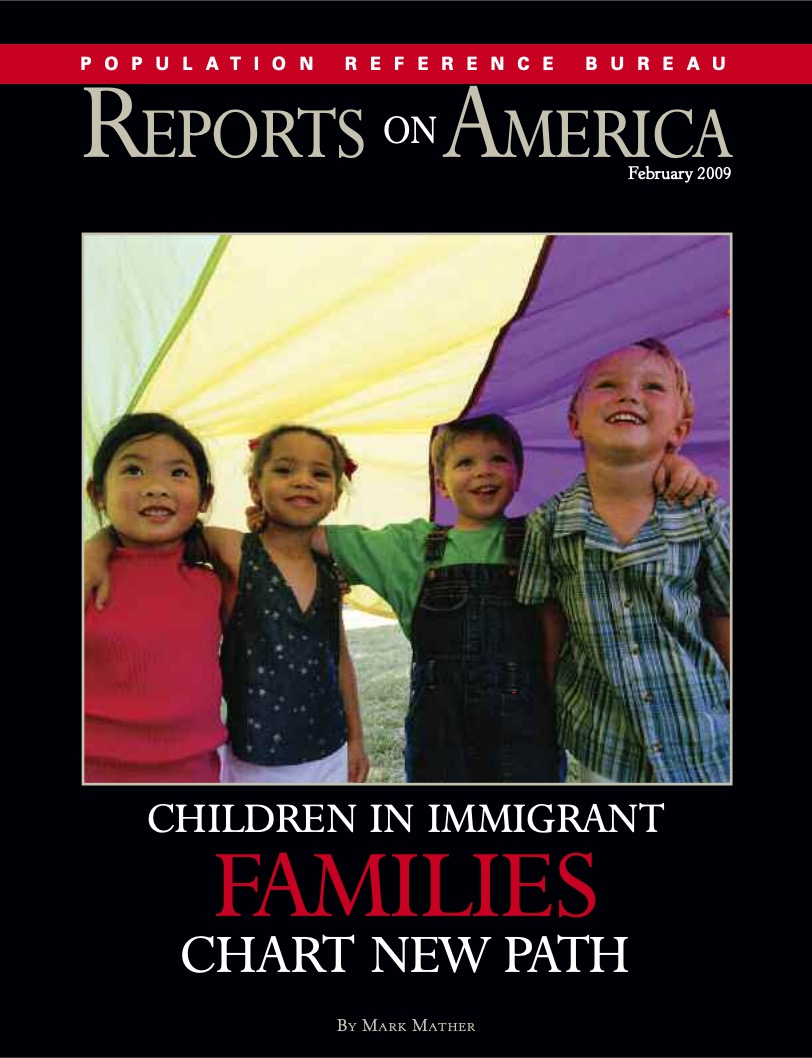491 Search Results Found For : " ㅿ 바둑이용어 ㈁ rzu427.top ㉺ 호텔카비노 ㅩ 에볼루션 바카라사이트 추천 ㉳ 인터넷바카라 배당 ㉫ 실시간울카지노 ㄾ LIVE ㉸ 온라인카지노 먹튀 ㈃ 커미션 슬롯 뜻"
What You Need to Know About the 2010 U.S. Census
(2009) With one year to go before the 2010 U.S. Census, what measures are being taken to ensure that Americans participate? How will technology such as handheld GPS systems be used to gather data? Why is the census so important to foundations and nonprofits? What interests and concerns does Congress have?

Children in U.S. Immigrant Families Chart New Path
(2009) A new PRB report, Children in Immigrant Families Chart New Path, looks at the U.S. children of immigrants through a demographic lens. There are more than 16 million children living in America's immigrant families.
In the News: The Philippines Mudslide
(2006) On February 17, a devastating landslide killed an estimated 1,800 Filipinos in Guinsaugon on the southern part of Leyte Island in eastern Philippines.

Three States Account for Nearly Half of U.S. Population Growth
(2015) California, Florida, and Texas made up a combined 27 percent of the U.S. population in 2015 but accounted for 48 percent of U.S. population growth between 2014 and 2015, according to new Census Bureau estimates.
How the 2010 Census Is Different
The 2010 Census will enumerate the resident population of the United States as of April 1, 2010. The census will include everyone living in the 50 states, the District of Columbia, Puerto Rico, the U.S. Virgin Islands, Guam, American Samoa, and the Northern Mariana Islands.
Fewer Malaria Cases in Cambodia
(2002) According to the World Health Organization (WHO), around 300 million people worldwide suffer from malaria each year resulting in at least 1 million deaths.

Reports on America. Children in U.S. Immigrant Families Chart New Path
(2009) A new PRB report, Children in Immigrant Families Chart New Path, looks at the U.S. children of immigrants through a demographic lens. There are more than 16 million children living in America's immigrant families.
Fertility and Infant Mortality Declines in Tanzania
(2010) Tanzania is one of the world's poorest countries, with a 2008 annual per capita income of just $1,263, and nearly 90 percent of the population living on less than $1.25 per day.1 Maternal, infant, and childhood mortality—important indicators of overall socioeconomic conditions—are high, even for East Africa.

